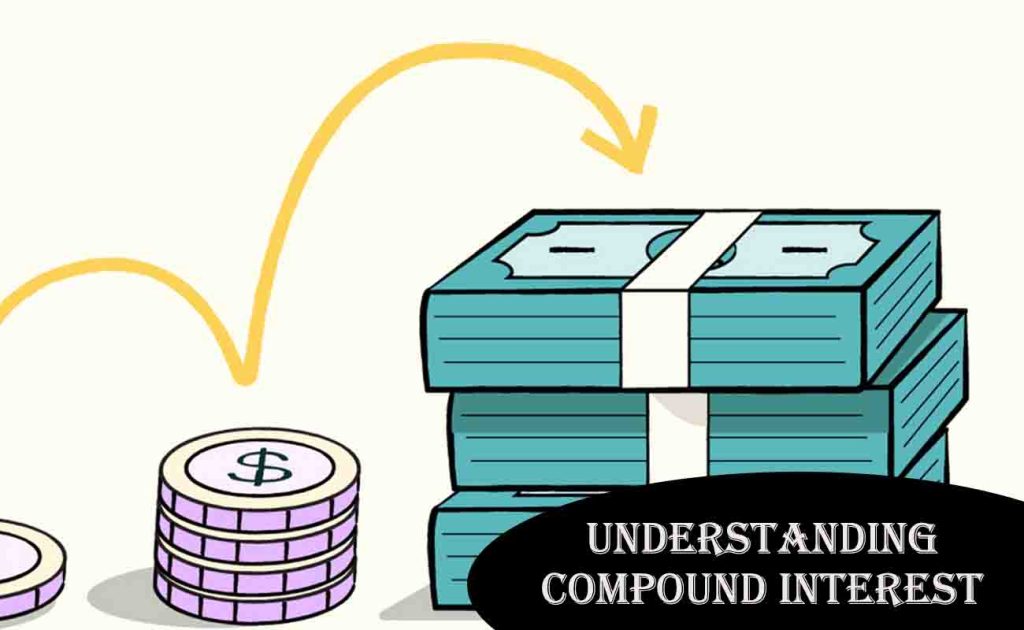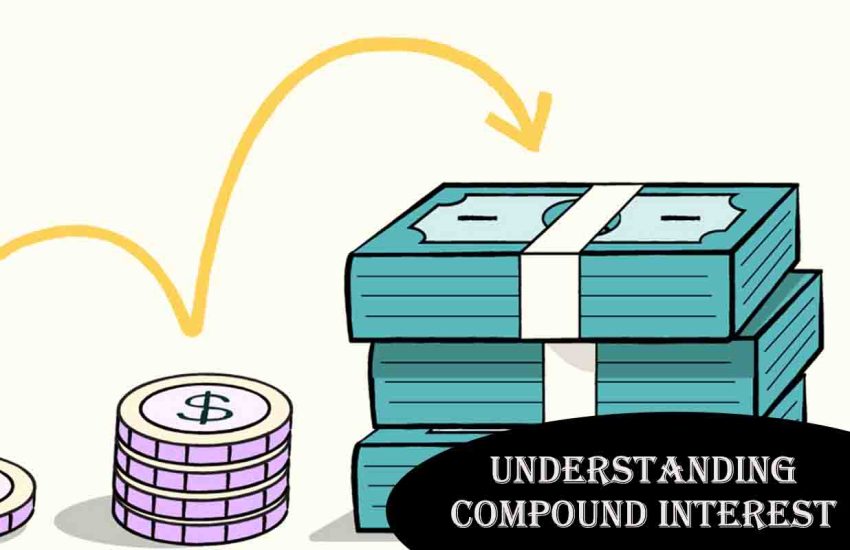Albert Einstein reportedly called compound interest the “eighth wonder of the world,” famously stating, “He who understands it, earns it; he who doesn’t, pays it.” Whether or not Einstein actually said this, the sentiment rings true: compound interest is one of the most powerful forces in finance. It’s the secret sauce behind growing your savings, building a retirement nest egg, and even managing debt. But what exactly is it, and how can you harness its potential to secure your financial future? Let’s break it down.

What Is Compound Interest?
At its core, compound interest is interest earned not just on your initial investment (or principal), but also on the interest that accumulates over time. Unlike simple interest, which only applies to the original amount, compound interest creates a snowball effect—your money grows faster the longer it’s left to work.
The formula for compound interest is:
A = P(1 + r/n)^(nt)
Where:
- A = the future value of the investment
- P = the principal (starting amount)
- r = the annual interest rate (as a decimal)
- n = the number of times interest is compounded per year
- t = the time in years
For example, if you invest $1,000 at a 5% annual interest rate compounded yearly, after 10 years you’d have $1,628.89. That’s $628.89 in total interest—far more than the $500 you’d earn with simple interest over the same period. The magic lies in earning interest on your interest.
How It Differs from Simple Interest
Simple interest is straightforward: you earn a fixed percentage of your principal each period, no extras. If you put $1,000 in a savings account with 5% simple interest, you’d earn $50 per year, totaling $500 after 10 years. Compound interest, by contrast, accelerates your gains because each year’s interest gets added to the pot, increasing the base for future calculations. Over decades, this difference becomes staggering—making compound interest the preferred choice for long-term wealth-building.
Real-Life Examples
Compound interest isn’t just a theoretical concept; it’s at work in everyday financial tools:
- Savings Accounts: High-yield savings accounts compound interest daily or monthly, slowly boosting your balance.
- Investments: Stocks and mutual funds don’t pay “interest” in the traditional sense, but reinvesting dividends mimics the compounding effect.
- Loans: On the flip side, credit card debt compounds against you—unpaid interest gets tacked onto your balance, making it grow exponentially if ignored.
Take a 25-year-old who invests $5,000 in a retirement account earning 7% annually, compounded monthly. By age 65, without adding a dime, that $5,000 grows to over $29,000. Compare that to starting at 35: the same $5,000 only reaches about $14,900 by 65. Time is compound interest’s best friend.
Strategies to Maximize Compound Interest
Want to make compound interest work harder for you? Here’s how:
- Start Early: The longer your money compounds, the bigger the payoff. Even small amounts invested in your 20s can outpace larger sums started later.
- Reinvest Earnings: Dividends, interest, or capital gains? Put them back into your investment to keep the snowball rolling.
- Increase Frequency: Opt for accounts or investments that compound monthly or daily rather than annually—more compounding periods mean faster growth.
- Stay Consistent: Regular contributions, even modest ones, amplify the effect over time.
Imagine adding $100 monthly to that $5,000 initial investment at 7% compounded monthly. By age 65, our 25-year-old would have over $262,000—proof that consistency and compounding are a dynamic duo.
The Bottom Line
Compound interest rewards patience and punishes procrastination. It’s not a get-rich-quick scheme; it’s a get-rich-slowly-but-surely reality. Whether you’re saving for a house, funding retirement, or simply growing your emergency fund, understanding and leveraging compound interest is a game-changer.
Start today, reinvest your gains, and let time do the heavy lifting. As the numbers stack up, you’ll see why this financial phenomenon deserves its legendary status. After all, wealth isn’t just about how much you earn—it’s about how much you let your money work for you.
